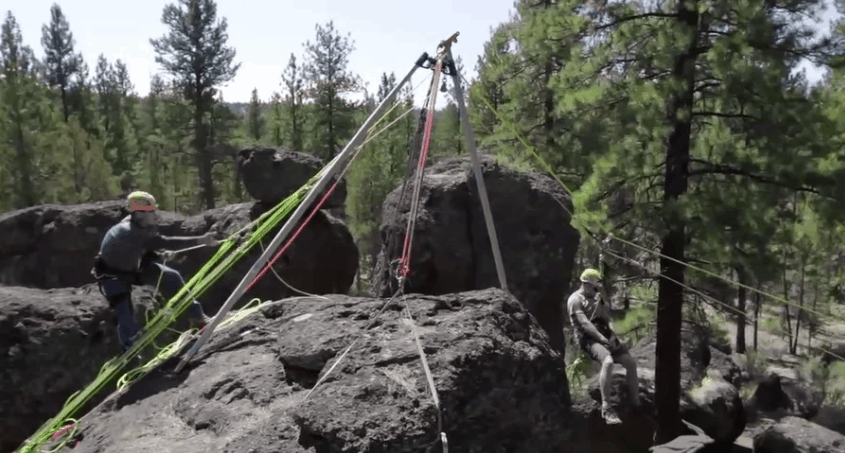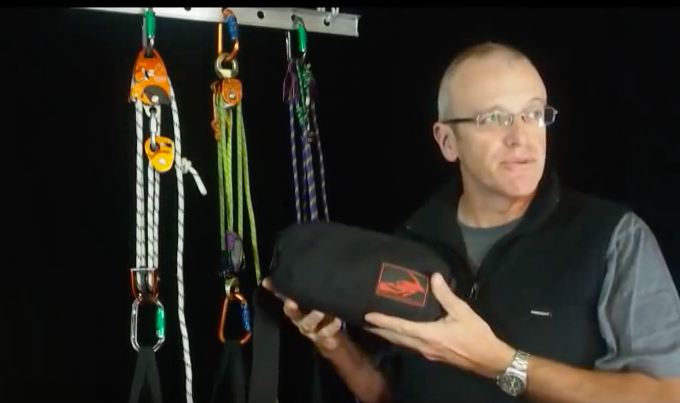Rigging Multi-Point Anchors In Rope Rescue
Multipoint Anchors Building an anchor system requires much practice and experience. In the end, simplicity and complexity are competency issues. Competency takes time to build and this doesn’t come without an investment of focus and purpose. Building an anchor system requires much practice and experience. When dealing with structures, chose anchor points that are part …



